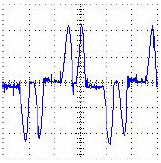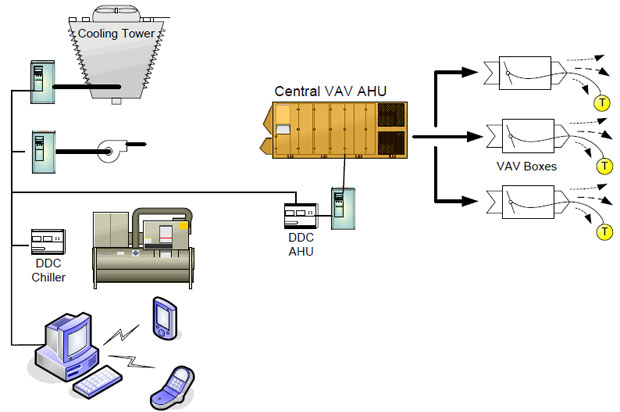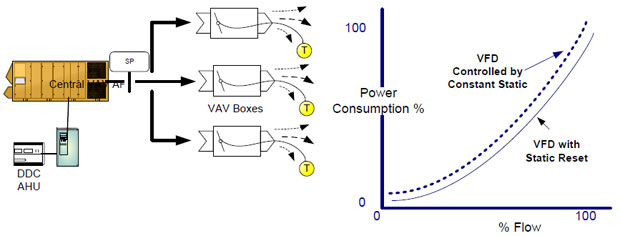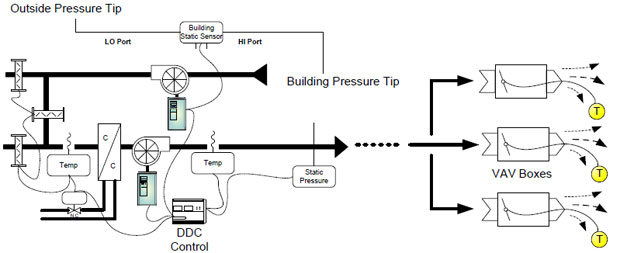Low impedance fault
A low impedance fault is usually a bolted fault, which is a short circuit. It allows a high amount of fault current to flow, and an upstream breaker or fuse usually senses the high current and operates, ending the event. A high impedance fault, usually an arc fault, is a fault of too high of an impedance for overcurrent protection to detect and operate, so the fault exists for long period of time without tripping upstream protection. Examples of arc faults are: A high or medium voltage distribution utility wire falling to earth in a Y grounded system and arcing to earth where no breaker or fuse will clear; another example is any fault tracking through a substance such as cable insulation or even air….this could be wiring within a building wall with a fault that lasts long enough to ignite the building wall it is installed in, which happens all the time somewhere (sometimes called “arc through char”). Another high impedance fault is one within a transformer secondary coil, arcing through the coil insulation and transformer oil (oil cooled units)…the arc will boil the oil into component gases such as acetylene and hydrogen and if the arc fault lasts long enough and gets to the gases, the gases may explode…and the primary fuse protection will likely not detect this for some time. There are many other examples of high impedance faults. One way to tell a high impedance fault or arc fault is if there is a protecting breaker or fuse that did not operate for a fault…if the breaker or fuse are correctly sized and working properly and did not operate that usually indicates a high impedance fault….a short circuit usually generates high enough current to trigger breaker/fuse operations (assuming normal circuit impedance is low). Another way to look at it is any fault in a power circuit with an impedance such that less than “available” fault current flows.
 Thus, in the case of a 6 diode (6 pulses) bridge, the most pronounced generated harmonics are the 5th and the 7th ones, whose magnitudes may vary from 10% to 40% of the fundamental component, depending on the power line impedance. In the case of rectifying bridges of 12 pulses (12 diodes), the most harmful harmonics generated are the 11th and the 13th ones. The higher the order of the harmonic, the lower can be considered its magnitude, so higher order harmonics can be filtered more easily. As the majority of VFD manufacturers, Iacdrive produces its low voltage standard
Thus, in the case of a 6 diode (6 pulses) bridge, the most pronounced generated harmonics are the 5th and the 7th ones, whose magnitudes may vary from 10% to 40% of the fundamental component, depending on the power line impedance. In the case of rectifying bridges of 12 pulses (12 diodes), the most harmful harmonics generated are the 11th and the 13th ones. The higher the order of the harmonic, the lower can be considered its magnitude, so higher order harmonics can be filtered more easily. As the majority of VFD manufacturers, Iacdrive produces its low voltage standard 

